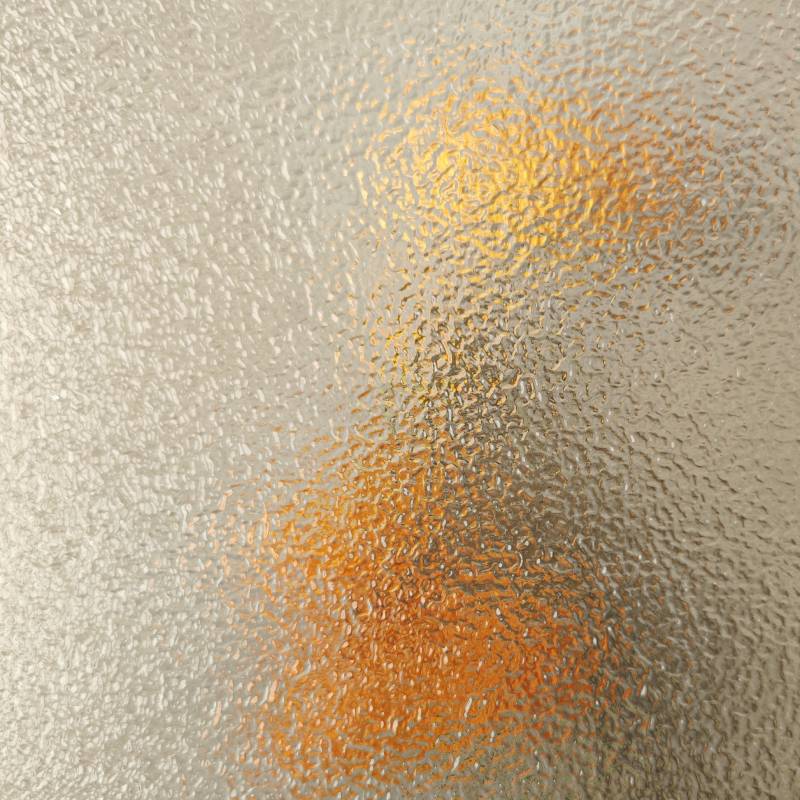

Float Glass Making A Modern Approach to Glass Production
Float glass is a type of flat glass that is widely used in the construction and automotive industries due to its high transparency, aesthetic appeal, and excellent optical properties. The float glass production process, developed in the 1950s by Sir Alastair Pilkington, has revolutionized the way glass is manufactured and has become the dominant method globally.
The float glass process begins with raw materials, which typically include silica sand, soda ash, and limestone. These ingredients are precisely measured and mixed to create a batch that is then melted in a furnace at high temperatures exceeding 1,600 degrees Celsius (2,912 degrees Fahrenheit). The melting process transforms the raw materials into a molten glass, which is the foundational element of float glass.
Float Glass Making A Modern Approach to Glass Production
As the glass moves along the float bath, it gradually cools and solidifies. The temperature drop is carefully controlled to prevent thermal stress and defects. Once it reaches the end of the float bath, the glass is still in a semi-molten state, and at this point, it can be cut into sheets of desired dimensions. A cutting table equipped with diamond-tipped saws is used for this purpose, ensuring precision in the final product.

After cutting, the glass sheets undergo a process known as annealing, where they are gradually cooled in a temperature-controlled environment. This step is critical as it relieves internal stresses within the glass, enhancing its durability and performance. The annealed glass sheets are then inspected for quality and surface imperfections.
Once the quality control checks are complete, the float glass can be issued for further processing, which may include special coatings, lamination, or tempering to enhance its properties. These treatments can improve the glass’s thermal resistance, safety, and energy efficiency, making it suitable for a range of applications from windows and facades to mirrors and display cases.
Float glass production is an energy-intensive process, and manufacturers are continuously looking for ways to improve efficiency and reduce environmental impact. Innovations like optimizing the melting process, using waste heat recovery systems, and developing low-energy glass formulations are steps being taken towards more sustainable glass production practices.
In conclusion, float glass making exemplifies modern manufacturing techniques that combine traditional craftsmanship with cutting-edge technology. The float process not only ensures the production of high-quality glass, but it also sets the foundation for innovations that can further enhance the versatility and efficiency of glass materials in our daily lives. As the demand for energy-efficient and aesthetically pleasing building materials continues to rise, the float glass industry is poised for continued growth and evolution.